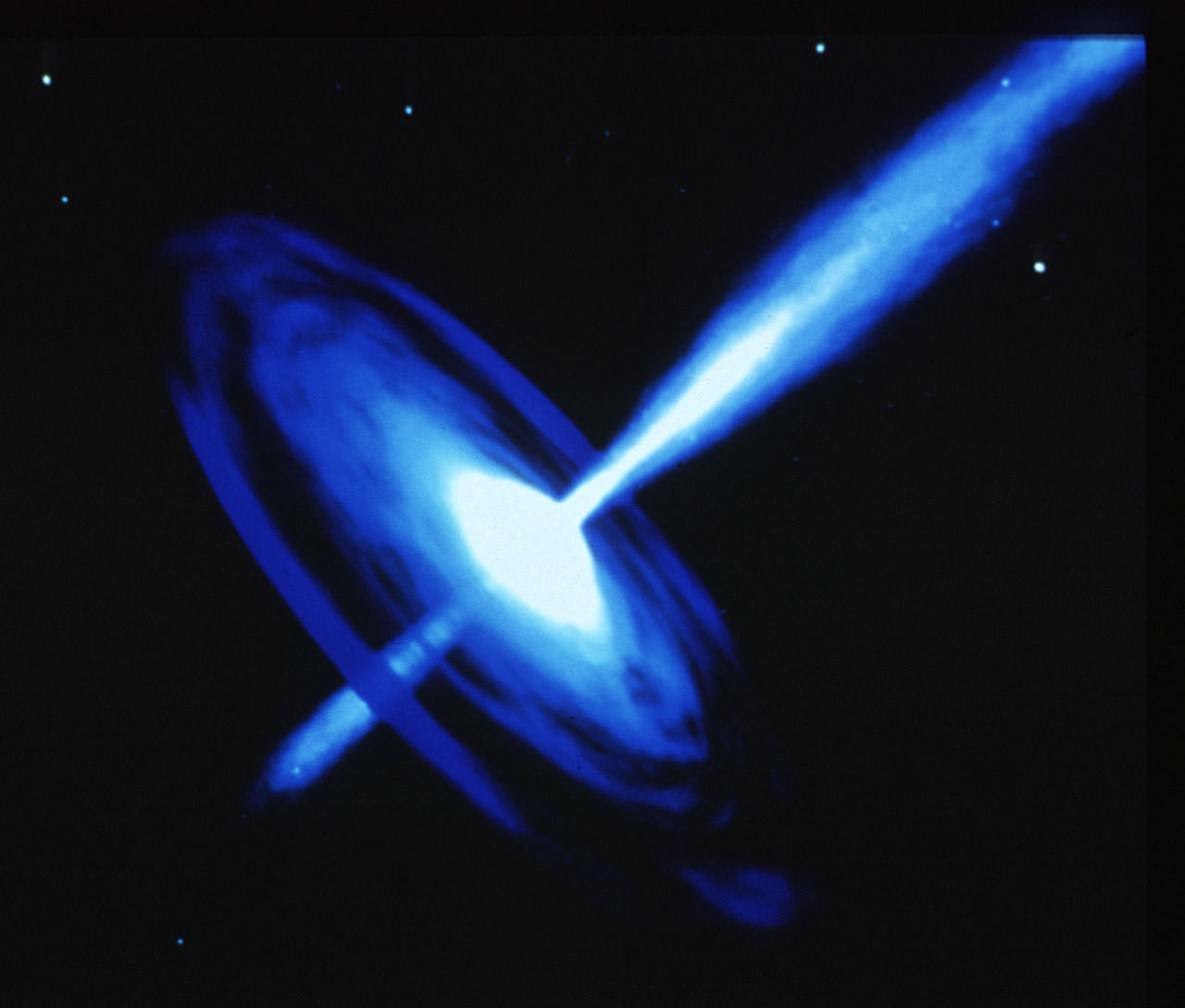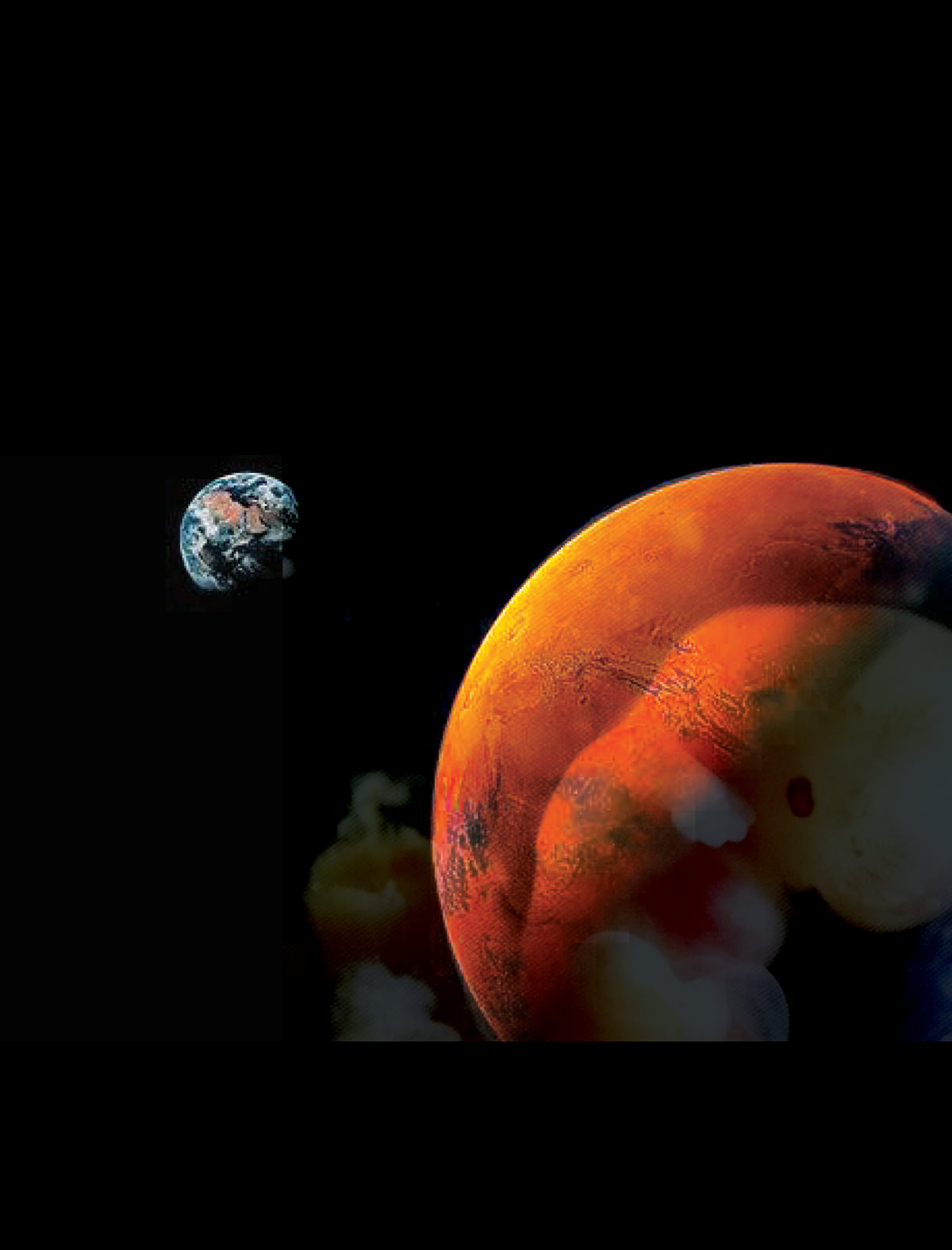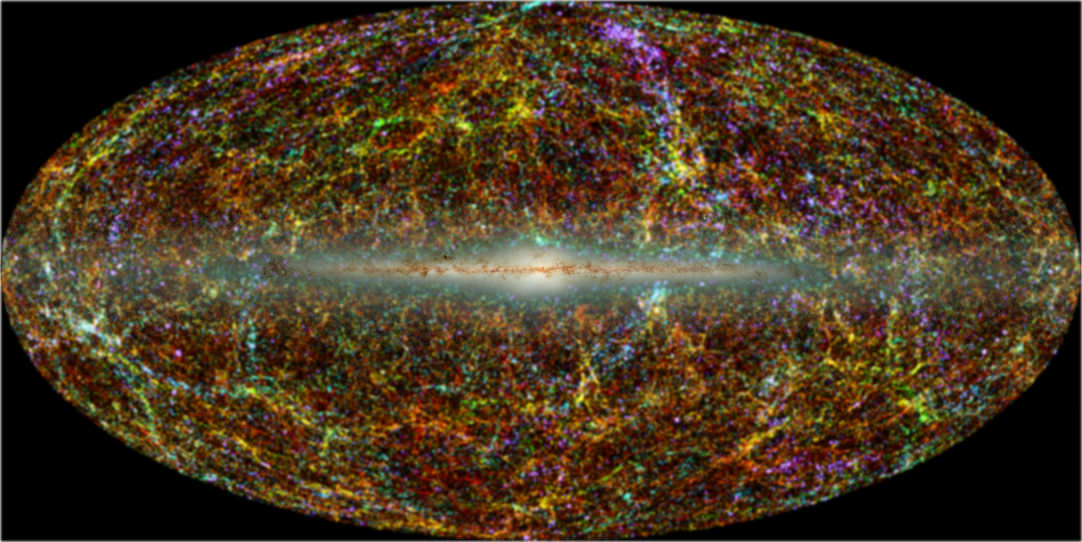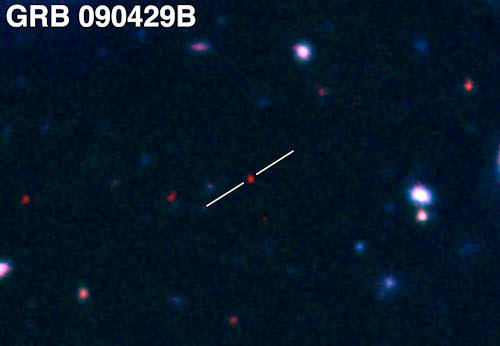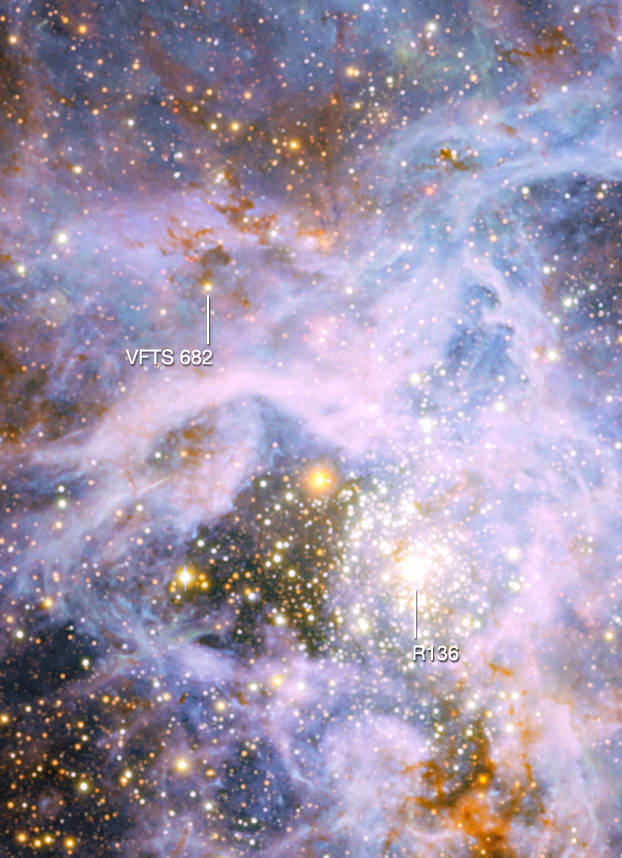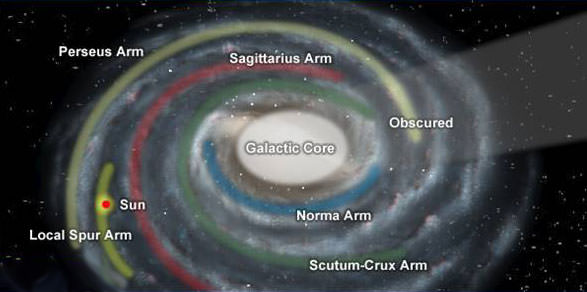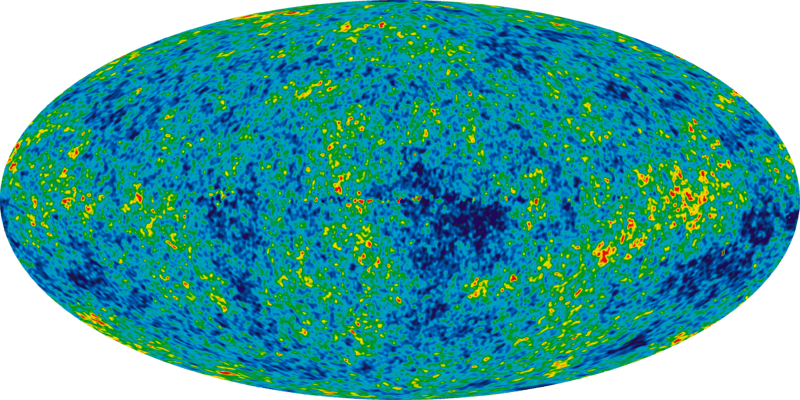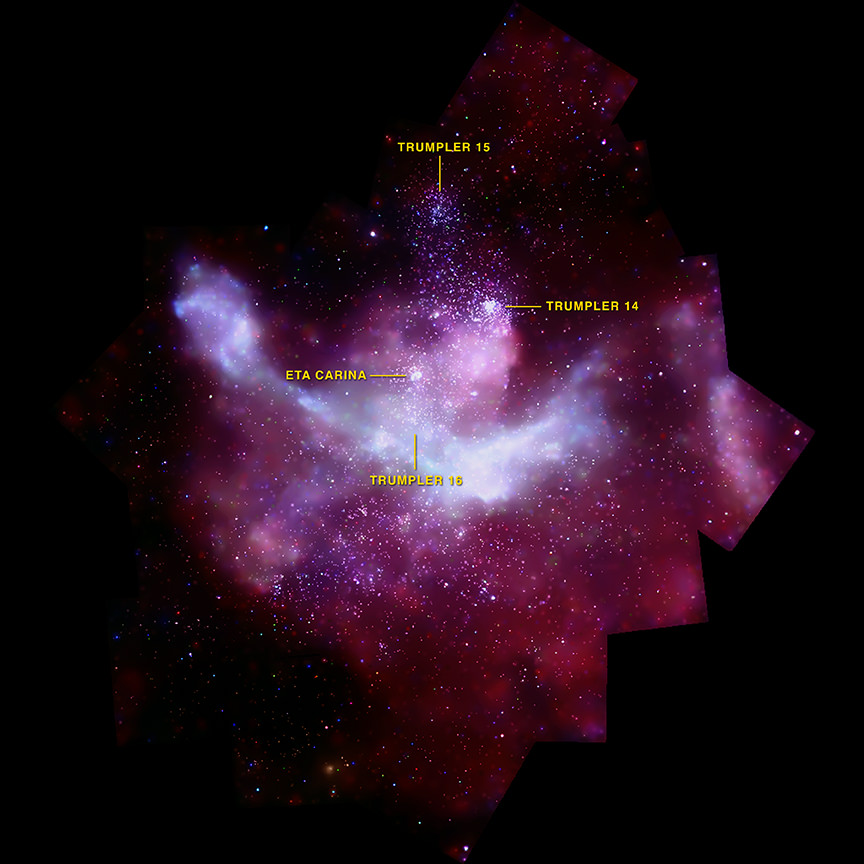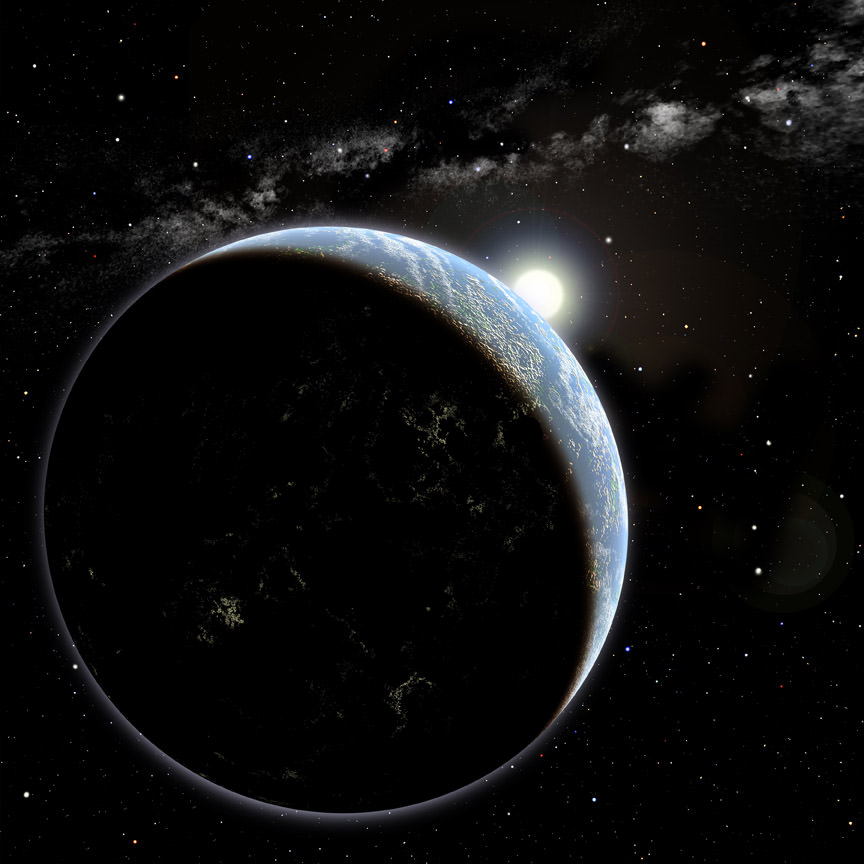[/caption]
“Down in a hole and they’ve put all the stones in their place. I’ve eaten the sun so my tongue has been burned of the taste…” For the first time the evolution of the spin of the supermassive black holes has finally been examined. New research hints that supermassive black holes enlarged by swallowing matter will barely show spin, while those that merge with other black holes take on a rapid spin rate. Outta’ control? Let’s check the evidence.
Dr Alejo Martinez-Sansigre of the University of Portsmouth and Prof. Steve Rawlings of the University of Oxford made the new discovery by using radio, optical and X-ray data. Their findings were that giant black holes are – on the average – spinning faster than ever. With masses anywhere between a million and billion times that of the Sun, the net they weave isn’t visible to the eye – but the accretion disk is. The material becomes superheated, emitting X-rays detectable by space-telescopes. And, like great rock music, they emit some powerful radio waves able to be picked up by terrestrially based equipment.
But that’s not all these powerful babies kick up. We also know that twin jets are often associated with black holes and their accretion disks. The evolution of the jets can be caused by many factors, but now we’re beginning to associate spin rate with their formation as well. Through sampling radio observations Dr Martinez-Sansigre and Professor Rawlings were able to deduce the power of the jets and how they acquire material. From there, they could hypothesize how quickly these objects are spinning. These same observations provided data on black hole evolution. According to their research, the early Universe black holes had a much slower spin rate compared to the fraction of those found rapidly spinning in the present.
“The spin of black holes can tell you a lot about how they formed. Our results suggest that in recent times a large fraction of the most massive black holes have somehow spun up.” said Dr Martinez-Sansigre. “A likely explanation is that they have merged with other black holes of similar mass, which is a truly spectacular event, and the end product of this merger is a faster spinning black hole.”
Professor Rawlings adds: “Later this decade we hope to test our idea that these supermassive black holes have been set spinning relatively recently. Black hole mergers cause predictable distortions in space and time – so-called gravitational waves. With so many collisions, we expect there to be a cosmic background of gravitational waves, something that will change the timing of the pulses of radio waves that we detect from the remnants of massive stars known as pulsars.
Radio waves? You bet. “Down in a hole. Outta’ control…”

